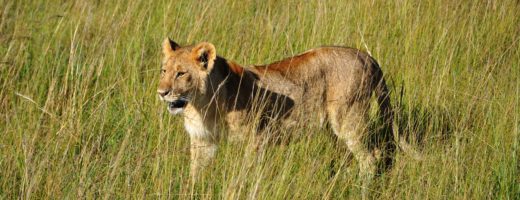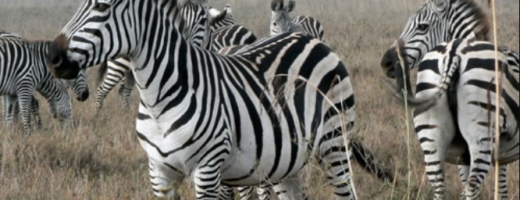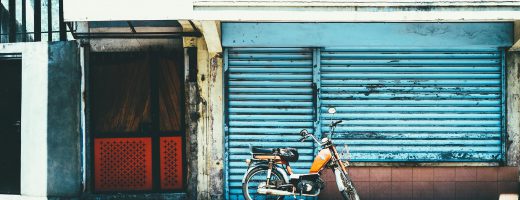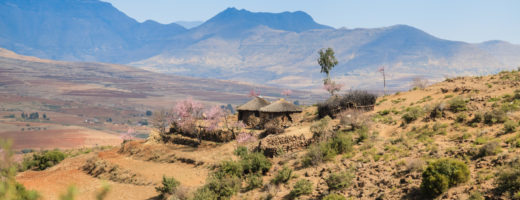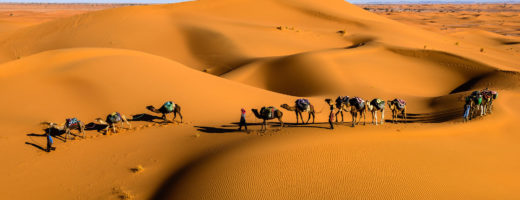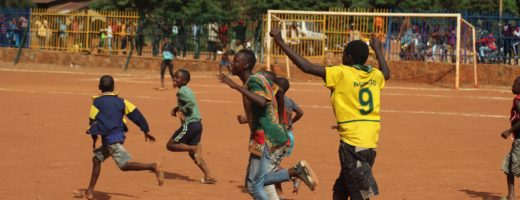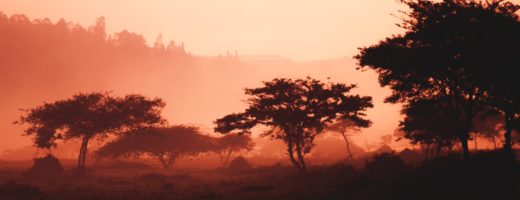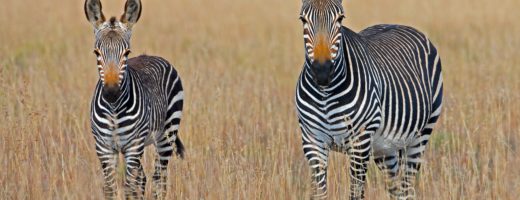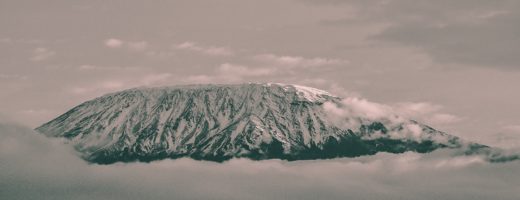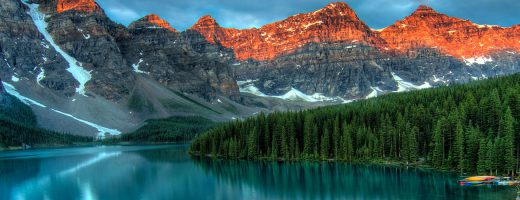Kenya’s Gay Underground "Homosexuality is prohibited under our country’s laws and is morally unacceptable in our society," immigration spokesman Frank Kwinga explained. "We shall not allow these people to come and teach our people bad manners." This is what LGBT Kenyans face as they search for real love in a hostile culture. Also see:
Gay Life in Kenya
Despite the political chaos and violence of early 2008, Kenya’s LGBT community continues to grow and organize around rights, health and compassion. The day I arrived in Nairobi the results of the presidential 2007 election had just been announced, which many believed to be fraudulent. The razor thin margin of victory was prematurely
Kenya – Nairobi: Kibera Slum
The huge Kibera slum suburb of Nairobi–as well as the Methare-North slum–was the scene of violent riots and killings that erupted after the flawed presidential election in December 2007. These photos were taken during a pause in the violence. I visited the area accompanied by a friend, Thomas Gale, a university professor in Nairobi who
Kenya – Nairobi: Methare Slum
This slum suburb of Nairobi, as well as the Kibera slum, was the scene of violent riots and killings that erupted after the flawed presidential election in December 2007. These photos were taken during a pause in the violence. I visited the area accompanied by a friend, Thomas Gale, a university professor in Nairobi who
Kenya – Nairobi: Bomas Museum
This national outdoor museum near Nairobi displays various tribal houses found throughout Kenya and also offers colorful dance programs from the tribes. There are more than fifty tribes in Kenya. Not far away is the Karen Blixen Museum dedicated to the authoress of ‘Out of Africa’. Her original house stands near one of the coffee
Kenya – Nairobi: National Game Park
The Nairobi National Park is unusual in that it is virtually inside the Nairobi city limits. Animals graze in view of the city’s skyscrapers. Nevertheless it contains a wide variety of animals.
Kenya – Nairobi: City (1)
Kenya has been among Africa’s economic and political ‘successes’ since independence in 1963. Nairobi is one of the continent’s premier cities. I arrived two days after the national presidential elections on December 27, 2008. The results were angrily disputed and riots broke out all over the country. Some of the images (#40-52) here reveal the
Kenya – Nairobi: City (2)
Kenya has been among Africa’s economic and political ‘successes’ since independence in 1963. Nairobi is one of the continent’s premier cities. I arrived two days after the national presidential elections on December 27, 2008. The results were angrily disputed and riots broke out all over the country. Some of the images (Nairobi Gallery 1, #40-52)
Gay Mauritius
“If someone is gay here, he may be regarded as a freak, and made fun of, no matter how straight he may look!” Blending in seems to be the only way to get through the day, “You may not care what others think, but many gay people in Mauritius are afraid someone may recognise them as a gay. The island is too small.” Many gay guys want to leave the island at some point, and many go to South Africa or Europe as soon as they can afford the journey. There’s little appetite for fighting public attitudes. Coming out as gay brings shame on the family as well as personal risk, which most Mauritian gay men aren’t willing to experience.
Love, Sex and Religion–Murder in Muslim Morocco
By Richard Ammon GlobalGayz.com A Gracious Man and a Fatal Mistake My friend George (pictured right) was murdered in Morocco stabbed multiple times by an enraged assailant who escaped the scene immediately after. Three weeks later the police captured the culprit, a young Arab Muslim man who was wearing George’s ring and carrying his wallet
Morocco – Country Tour
A cross-country trip in rented car took us across the land from Casablanca to the capital Rabat, to the Sahara and back to Roman Volubilis. Morocco is color, sand, history and drama. On November 18, 2006, Morocco celebrated the 50th anniversary of its independence from France. Hassan II became King of Morocco on March 3,
Rwanda – Entry + Kigali City
Entering Rwanda overland from Uganda is fairly easy. The usual line of trucks wait for their customs clearance. The country is very rural and highly cultivated. Tea and coffee are grown everywhere. The capital of Kigali is set on several hills that allow panoramic views of the city and suburbs. The infamous ‘Hotel Rwanda’ (of
Rwanda – Kigali to Eastern Border
Kigali, the capital, is built on several hills that offer panoramic views of the city and suburbs. The parliament building is still under repair from bullet and rocket fire (photos 5 and 6) during the civil war carnage in 1994. Photos 10 to 15 show how the very few elite live in big houses on
Gay Seychelles
This island state has decriminalized same-sex activity and relations since 2016 and now recognizes same sex marriage. A GlobalGayz reader has written: “Everyone knows we are gay and my husband works for a school where he is casually open. The island welcomes tourist of all sexuality and generally homophobia is non-existent among tourists.” More comments:
Northern South Africa
The South African coast stretches 2,798 kilometres (1,739 mi) and borders both the Atlantic and Indian oceans. Modern human beings have inhabited South Africa for more than 100,000 years. European settlement expanded during the 1820s as the Boers (original Dutch, Flemish, German and French settlers) and the British 1820 Settlers claimed land in the north
Southern South Africa
The South African coast stretches 2,798 kilometres (1,739 mi) and borders both the Atlantic and Indian oceans. Modern human beings have inhabited South Africa for more than 100,000 years. European settlement expanded during the 1820s as the Boers (original Dutch, Flemish, German and French settlers) and the British 1820 Settlers claimed land in the north
Tanzania – Mount Kilimanjaro
Like a huge crown on the vast green lands of Tanzania, Kilimanjaro rises high and majestic above the rural and impoverished human-scape below. Countless people climb the lower slopes every day equiped only with street shoes and a bottle of water. More serious climbers take a week for the journey up and back, accompanied by
Tanzania – Masai Country
The wide-ranging Maasai (or Masai) tribe is spread over northern Tanzania and southern Kenya. They are rural nomadic people who herd animals–sheep, cows, goats–and do not raise crops. Their diet is mostly milk, porridge, maize, beans and some meat. Easily identified by their deep red and bright blue garments, they nevertheless can often be seen
Tanzania – Ngorongoro Crater
The crater in the Ngorongoro Conservation Area is the world’s largest unbroken, unflooded volcanic caldera. The Crater, which formed when a giant volcano exploded and collapsed on itself some two to three million years ago, is 610m deep and the floor is 260km2 (102 square miles). Estimates of the height of the original volcano range
Tanzania – Zanzibar (1)
Zanzibar is an island 25–50 km (15–30 mi) off the east coast of Tanzania; it consists of numerous small islands and two large ones: Unguja (the main island known as Zanzibar), and Pemba. Zanzibar was once a separate country with a long trading history within the Arab world; it united (not without bloodshed) with Tanganyika
Tanzania – Zanzibar (2)
Zanzibar is an island 25–50 km (15–30 mi) off the east coast of Tanzania; it consists of numerous small islands and two large ones: Unguja (the main island known as Zanzibar), and Pemba. Zanzibar was once a separate country with a long trading history within the Arab world; it united (not without bloodshed) with Tanganyika
Tanzania – Dar es Salaam (1)
Dar-es-Salaam is a city of about 2 1/2 million people that bustles during the work day and is quiet at night. It’s not the capital of Tanzania but is the largest city in the country and one of the most important shipping ports on the African east coast. Countless shopkeepers sell every imaginable type of
Tanzania – Serengeti Plain
The Serengeti is hard to take in at first given the density of wildlife that appears at first to be in peaceful coexistence–except for the occasional necessary food kill. The Serengeti is located in north-western Tanzania and extends into southern Kenya. It covers about 30,000 sq km and hosts the largest and longest overland twice-yearly
Tanzania – Dar es Salaam (2)
Dar es Salaam is a city of about 2 1/2 million people that bustles during the work day and is quiet at night. It’s not the capital of Tanzania but is the largest city in the country and one of the most important shipping ports on the African east coast. Along the north shore are
Zambia – Lusaka
Lusaka is the capital of Zambia; it’s a non-descript city of about 1.5 million people that bustles in the day and rolls up at night. In recent years, Lusaka has become a popular urban settlement for Zambians and tourists alike. Its mostly stable government and improved infrastructure sector have increased donor confidence and as such

